Petar Palasek
SchiNet: Automatic Estimation of Symptoms of Schizophrenia from Facial Behaviour Analysis
Aug 07, 2018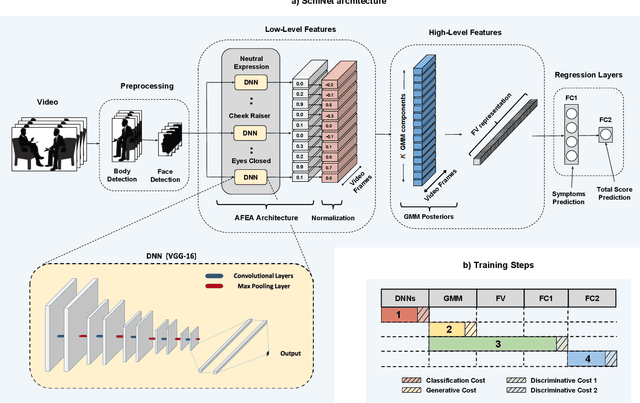


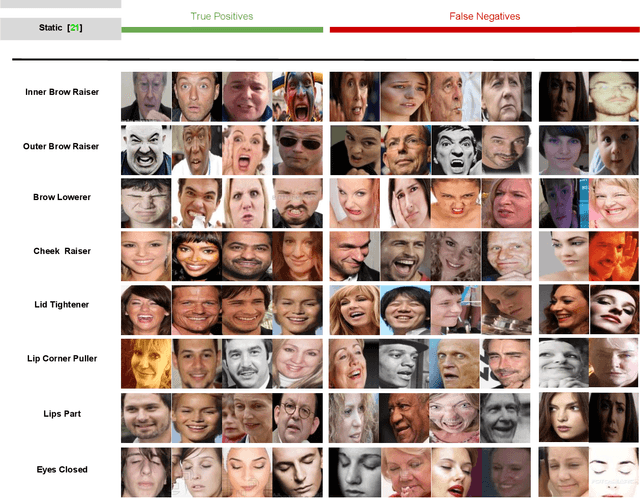
Abstract:Patients with schizophrenia often display impairments in the expression of emotion and speech and those are observed in their facial behaviour. Automatic analysis of patients' facial expressions that is aimed at estimating symptoms of schizophrenia has received attention recently. However, the datasets that are typically used for training and evaluating the developed methods, contain only a small number of patients (4-34) and are recorded while the subjects were performing controlled tasks such as listening to life vignettes, or answering emotional questions. In this paper, we use videos of professional-patient interviews, in which symptoms were assessed in a standardised way as they should/may be assessed in practice, and which were recorded in realistic conditions (i.e. varying illumination levels and camera viewpoints) at the patients' homes or at mental health services. We automatically analyse the facial behaviour of 91 out-patients - this is almost 3 times the number of patients in other studies - and propose SchiNet, a novel neural network architecture that estimates expression-related symptoms in two different assessment interviews. We evaluate the proposed SchiNet for patient-independent prediction of symptoms of schizophrenia. Experimental results show that some automatically detected facial expressions are significantly correlated to symptoms of schizophrenia, and that the proposed network for estimating symptom severity delivers promising results.
Semi-supervised Fisher vector network
Jan 13, 2018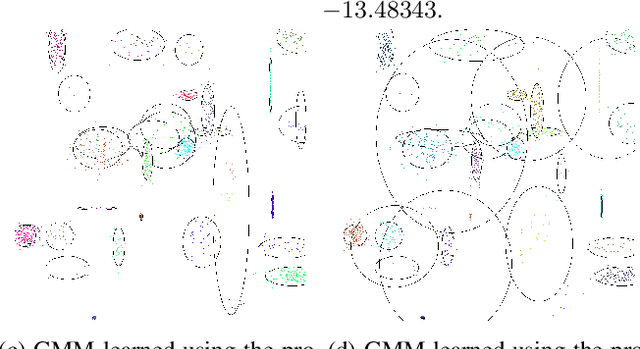

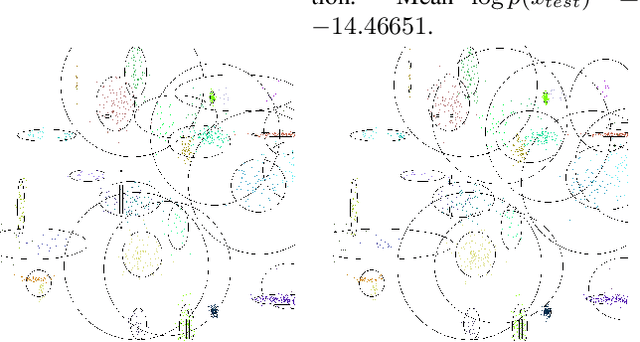

Abstract:In this work we explore how the architecture proposed in [8], which expresses the processing steps of the classical Fisher vector pipeline approaches, i.e. dimensionality reduction by principal component analysis (PCA) projection, Gaussian mixture model (GMM) and Fisher vector descriptor extraction as network layers, can be modified into a hybrid network that combines the benefits of both unsupervised and supervised training methods, resulting in a model that learns a semi-supervised Fisher vector descriptor of the input data. We evaluate the proposed model at image classification and action recognition problems and show how the model's classification performance improves as the amount of unlabeled data increases during training.
Discriminative convolutional Fisher vector network for action recognition
Jul 19, 2017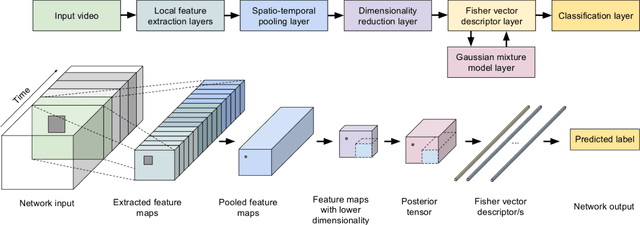

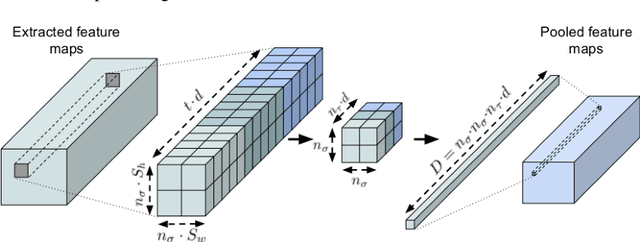
Abstract:In this work we propose a novel neural network architecture for the problem of human action recognition in videos. The proposed architecture expresses the processing steps of classical Fisher vector approaches, that is dimensionality reduction by principal component analysis (PCA) projection, Gaussian mixture model (GMM) and Fisher vector descriptor extraction, as network layers. By contrast to other methods where these steps are performed consecutively and the corresponding parameters are learned in an unsupervised manner, having them defined as a single neural network allows us to refine the whole model discriminatively in an end to end fashion. Furthermore, we show that the proposed architecture can be used as a replacement for the fully connected layers in popular convolutional networks achieving a comparable classification performance, or even significantly surpassing the performance of similar architectures while reducing the total number of trainable parameters by a factor of 5. We show that our method achieves significant improvements in comparison to the classical chain.
 Add to Chrome
Add to Chrome Add to Firefox
Add to Firefox Add to Edge
Add to Edge